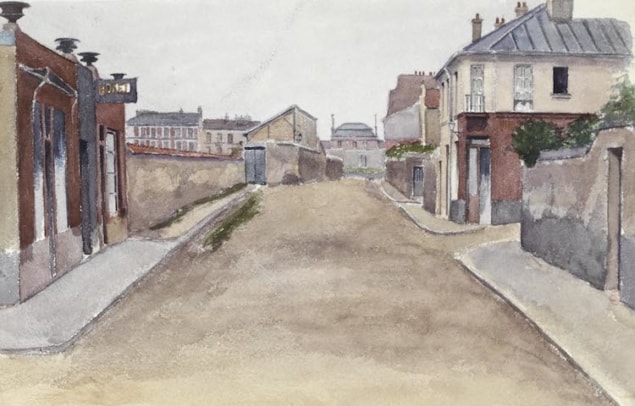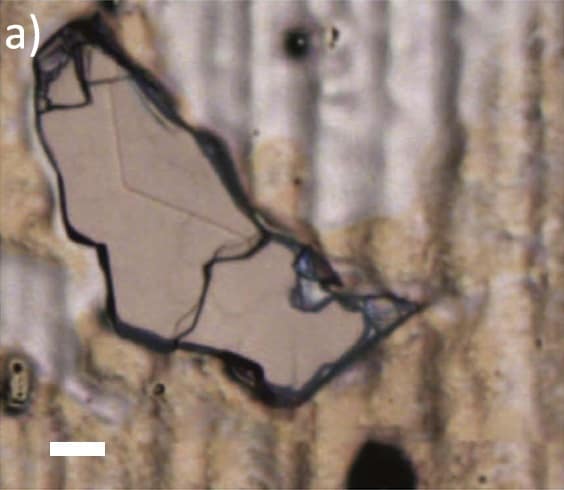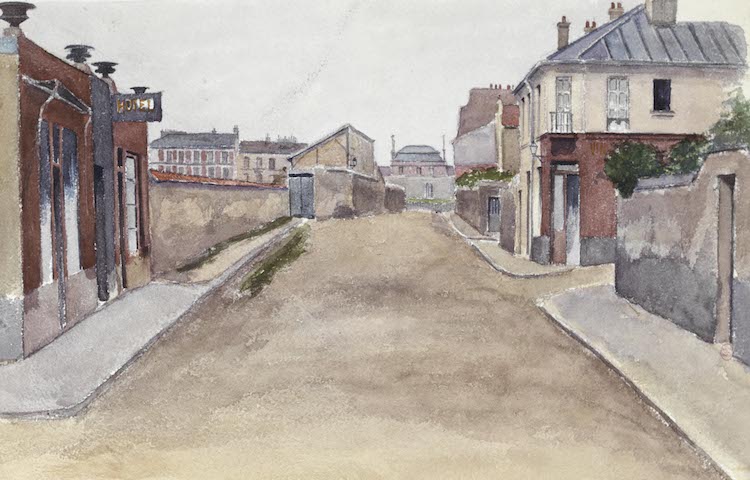
An 1851 experiment in which the French physicist Hippolyte Fizeau showed that light gets “dragged along” when it travels through a moving medium has been given a 21st-century update by researchers in the US, China and Japan. Working in two independent teams, the researchers observed an analogous effect whereby plasmon-polaritons – hybrid quasiparticles made of photons and oscillating electrons – get dragged by drifting electrons within graphene (a one-atom-thick sheet of carbon). The new effect, which is much more pronounced than the one Fizeau found for light, provides an additional tool with which to study nonequilibrium effects in electron fluids and could also lead to improvements in photonics devices.
Any moving medium can drag a wave that passes through it. If the medium is travelling in the same direction as the wave, the wave’s speed will increase; if the medium’s motion is in the opposite direction, the wave’s speed will decrease. In 1818, Augustin-Jean Fresnel predicted that light waves would experience the same effect. However, since light normally travels so quickly, the magnitude of the drag effect is extremely small and it can only be detected using highly sensitive techniques.
Fizeau’s success in doing just that helped to inspire Einstein’s special theory of relativity. It also brought him a unique honour. Of all the notables whose names were inscribed on the base of Paris’ Eiffel Tower during its construction in 1889, Fizeau was only one who was still alive at the time, and several streets in France are named after him (see image).
Quasiparticle flow
In the new studies, two teams of researchers – one led by Dmitri Basov of Columbia University and the other by Feng Wang of the University of California at Berkeley – chose to study Fizeau drag in graphene because the electrons and plasmon-polaritons in this material travel at similar speeds: the electrons drift at reasonably large velocities and the long-lifetime plasmon-polaritons propagate much slower than light. The fast-moving electrons therefore make a more efficient drag medium for the plasmon-polaritons than the moving medium in Fizeau’s experiments did for light.
Both teams of researchers began their experiments by firing a beam of infrared light at a gold nanobar to “launch” plasmon-polaritons in a two-terminal device made of graphene. The researchers then used a unique near-field nanoscopy technique to take a snapshot of these quasiparticles as they propagated along and against the flow of electrons. Both groups found that plasmons travelling in the direction opposite to that of the electrons’ flow have a shorter wavelength (and thus lower speed) than those travelling in the same direction. The difference between the two speeds is between 3 and 4%.
Massless “Dirac” particles
Denis Bandurin, a member of Basov’s group, explains that the Fizeau drag effect in graphene can be described by laws similar to those of special relativity. This fact sets graphene’s plasmon-polaritons apart from plasmons in conventional materials, which obey the rules of classical physics. In conventional materials, for example, a plasmon’s final velocity is simply the sum of its initial velocity and the electron drift velocity. In graphene, however, electrons behave like massless “Dirac” particles, and must therefore be treated using a quasi-relativistic approach.
By demonstrating that it is possible to carry out relativistic experiments in a simple tabletop setting, the two teams’ results should open the door to further studies of non-equilibrium light-matter interaction effects at the nanoscale. Their findings may also have applications for photonics devices thanks to a nonlinear property known as non-reciprocity. This property is normally very difficult to achieve in optical experiments, but it is induced in graphene by the drag effect, and its presence means that graphene’s physical properties change if the direction of time is reversed.

Graphene plasmon devices take on quality and scale
Usually, a strong external magnetic field or chiral optical pumping (which requires intense laser light) is needed to break this so-called time-reversal symmetry. Such strong fields and intense light cannot be applied to a real-world device because they would affect all the individual components in it. However, both teams have shown that the flow of drifting electrons might offer an alternative way to break time-reversal symmetry in a graphene-based device. Being able to do this could bring improved control of photonics devices, and perhaps new functionalities as well.
Bandurin and his colleague Yinan Dong are now searching for ways to accelerate the electrons in graphene to even higher velocities so that their flow matches the speed of the plasmon-polaritons in the material much more closely. “We will also be looking into Fizeau drag at the technologically important terahertz frequencies, where the effect is expected to be even stronger,” Bandurin tells Physics World.
The two groups describe their experiments in back-to-back papers in Nature.
